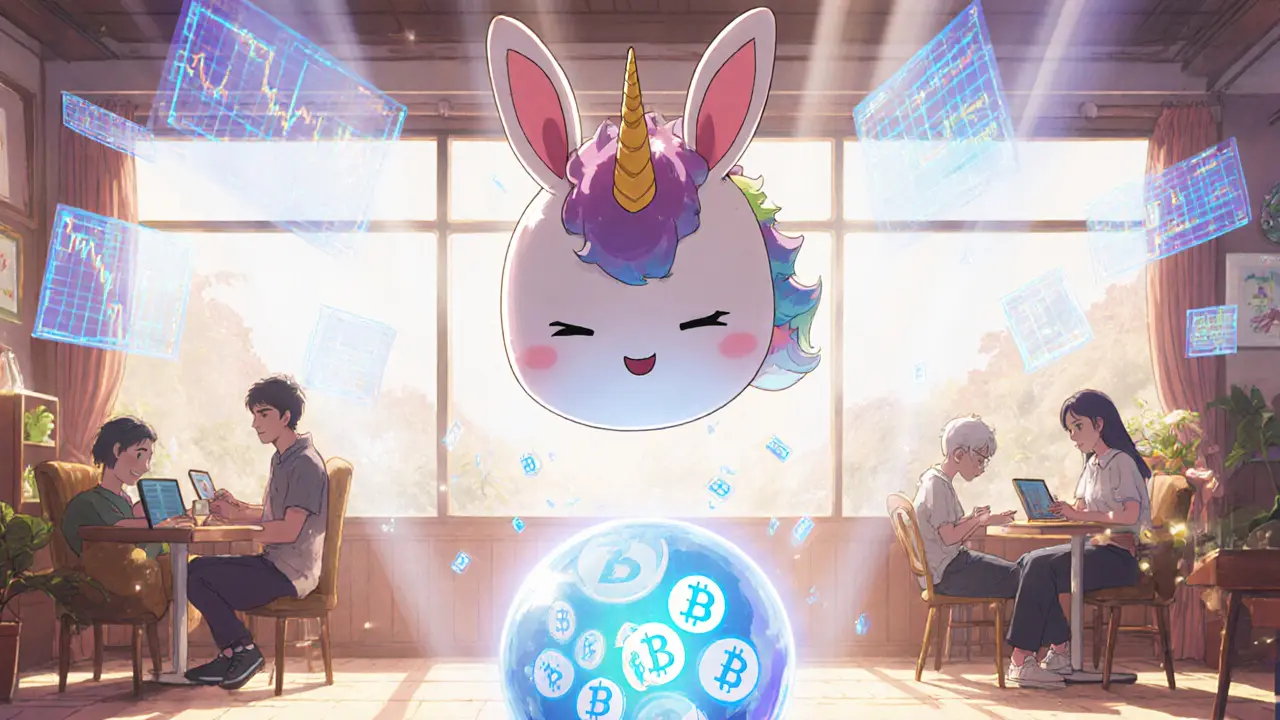DeFi Token Distribution Explained
When you hear DeFi token distribution, the process that decides how new digital tokens reach users in decentralized finance, three supporting ideas usually pop up: airdrop, a free giveaway that jump‑starts a token’s community, liquidity mining, reward programs that pay users for locking assets into pools, and governance token, a token that lets holders vote on protocol upgrades. Together they form the backbone of most DeFi launch models. In simple terms, DeFi token distribution decides who gets what, when, and why – whether through a public airdrop, a liquidity incentive, or a vote‑based allocation.
Why does this matter? First, token allocation shapes a project’s decentralization level. A wide airdrop spreads ownership, reduces the risk of a single whale controlling the network, and creates a healthier market. Second, liquidity mining ties token rewards to real economic activity; users who lock assets directly boost a protocol’s depth and stability. Third, governance tokens turn ordinary holders into decision‑makers, aligning incentives between developers and the community. For example, the recent Firebird Finance launch paired a liquidity mining program with a governance token drop, letting early participants earn both yield and voting power.
Key Concepts and Real‑World Examples
Understanding tokenomics starts with the distribution schedule. Most projects use a vesting curve – 20% at launch, then monthly releases over two years – to avoid sudden price crashes. A successful airdrop, like the one that kicked off Uniswap’s UNI token, combined a generous snapshot with clear eligibility rules, sparking massive user growth. Liquidity mining, on the other hand, often relies on smart‑contract‑based reward calculators that adjust payouts based on pool size; this dynamic approach keeps incentives aligned as the ecosystem scales. Governance tokens such as COMP from Compound illustrate how voting rights can evolve: early users earned COMP by borrowing or lending, then used those tokens to propose protocol changes, creating a feedback loop that fuels long‑term development.
Below you’ll find a curated set of articles that break down each piece of the distribution puzzle. From deep dives into how collateral factors affect borrowing power in DeFi, to practical reviews of token‑focused exchanges, the collection gives you both the theory and the tools you need to evaluate any token launch. Use these guides to spot red flags, design your own distribution plan, or simply stay ahead of the latest trends in DeFi token economics.
PERA Token Airdrop Details: What You Need to Know About Pera Finance’s PERA
Learn if PERA token has an airdrop, explore its tokenomics, how to earn rewards via Pera Finance competitions, and stay updated on future drops.
Bunicorn (BUNI) Community Airdrop Details 2025 - How to Claim & What to Know
A complete guide to the Bunicorn (BUNI) community airdrop: how it works, claim steps, tokenomics, risks, and FAQs for 2025.






